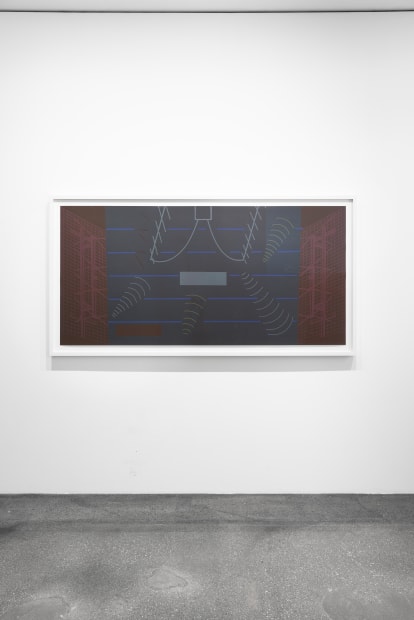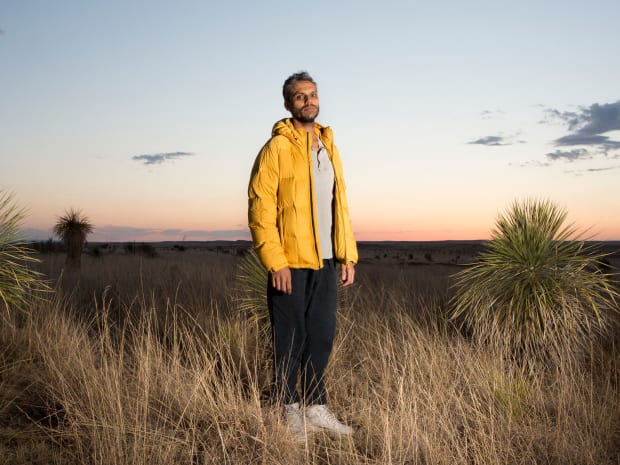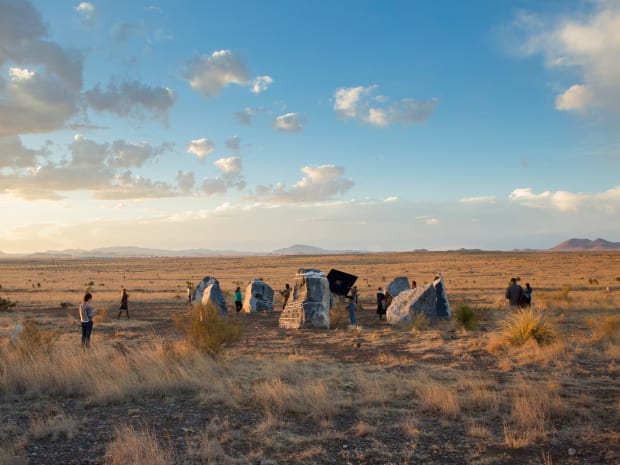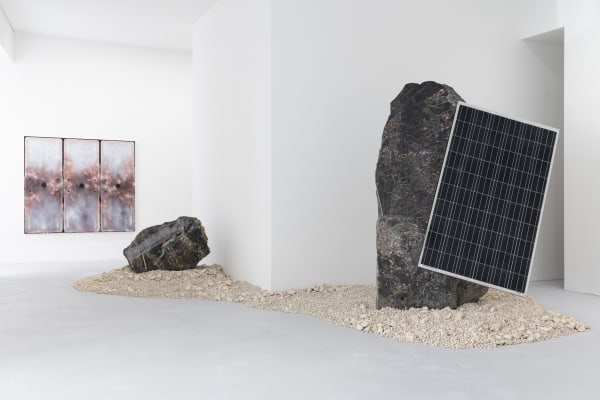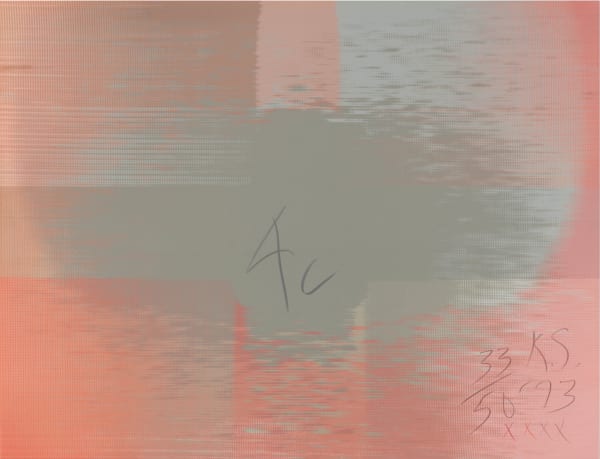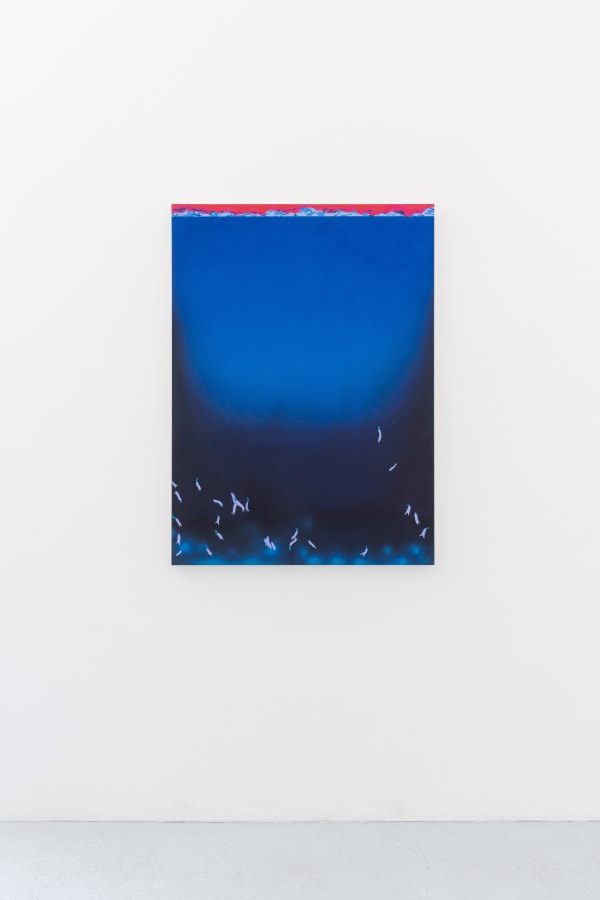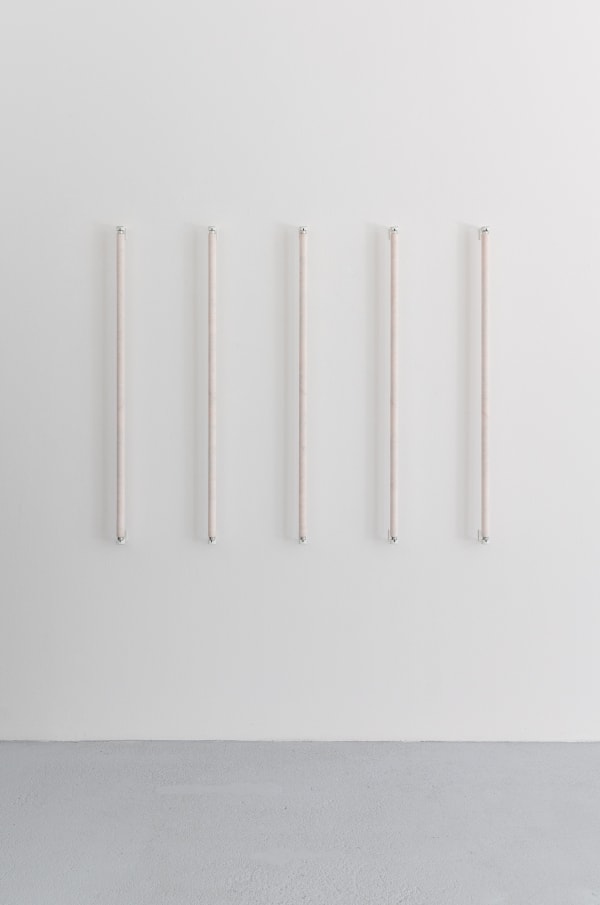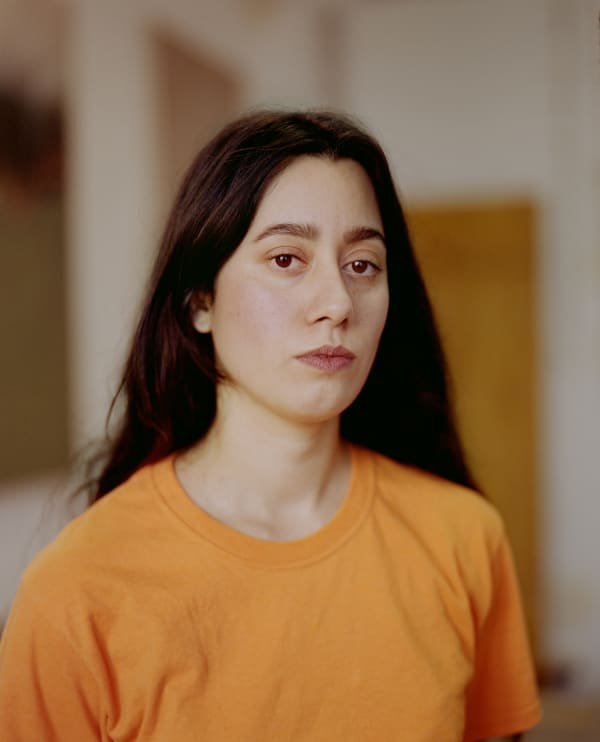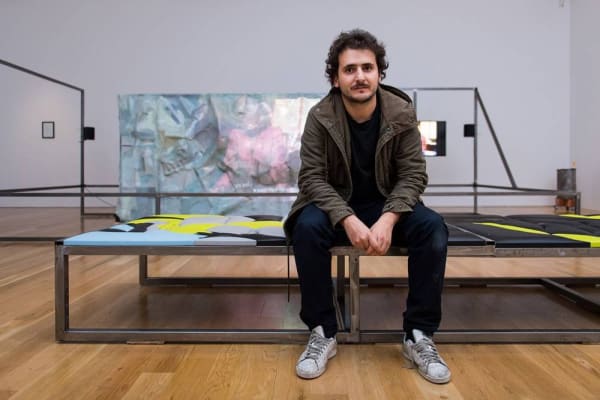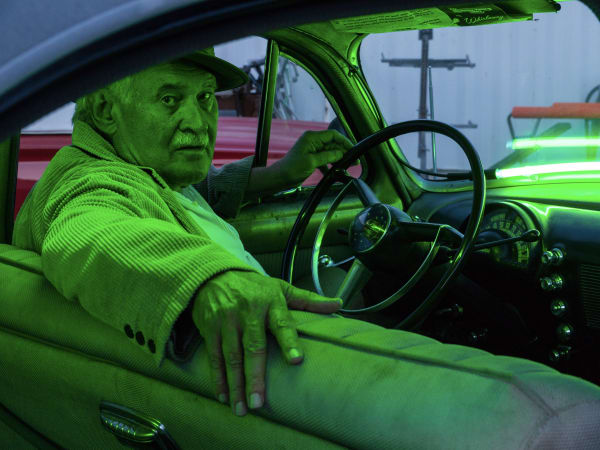-
inventing the past
-

-
Neïl Beloufa
-

-

-

-

-

-

-
Natacha Donzé
-
-

-

-

-

-
Lou Jaworski
-
-

-

-

-

-
Keith Sonnier
-

-

-

-
!['[...] the most overpowering thing about Send/Receive—the media is so completely politically controlled and the focus became less and less...](data:image/gif;base64,R0lGODlhAQABAIAAAAAAAP///yH5BAEAAAAALAAAAAABAAEAAAIBRAA7)
-

-
-
Haroon Mirza
-
-

-
-

-
available works (selection)
for further information click on the images -
-
further informations
-
-

Natacha Donzé
-

Neïl Beloufa
-

Lou Jaworski
-

Keith Sonnier
1941 - 2020 -

Haroon Mirza
-

inventing the past | group show
10 September - 23 October 2021 MunichThe international group exhibition inventing the past with Neïl Beloufa, Natacha Donzé, Lou Jaworski, Haroon Mirza and Keith Sonnier follows closely on the heels of the show chasing another tomorrow...
-
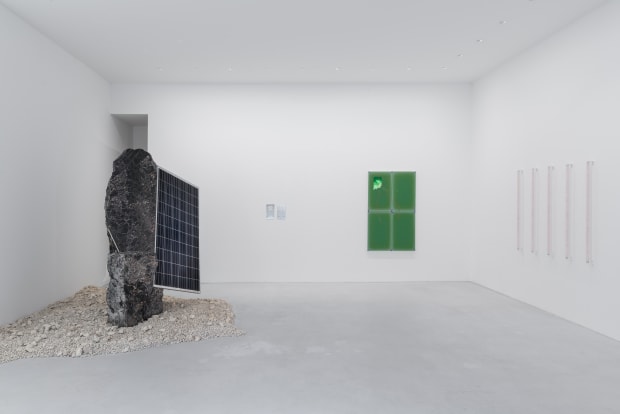

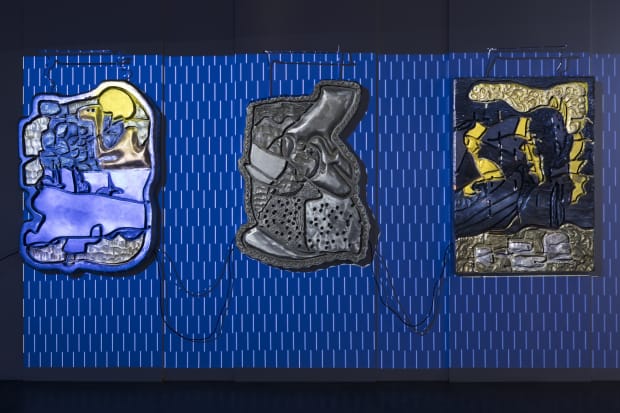



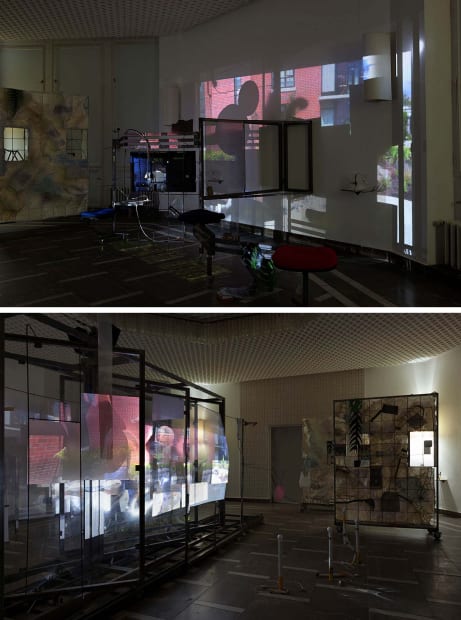

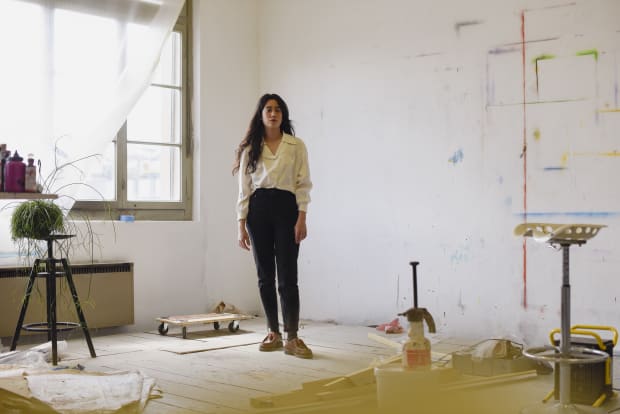
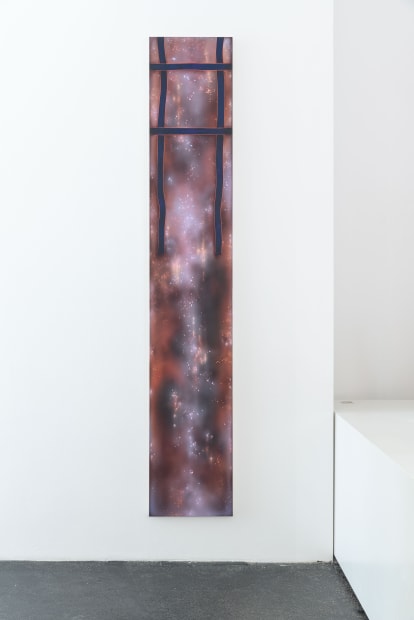



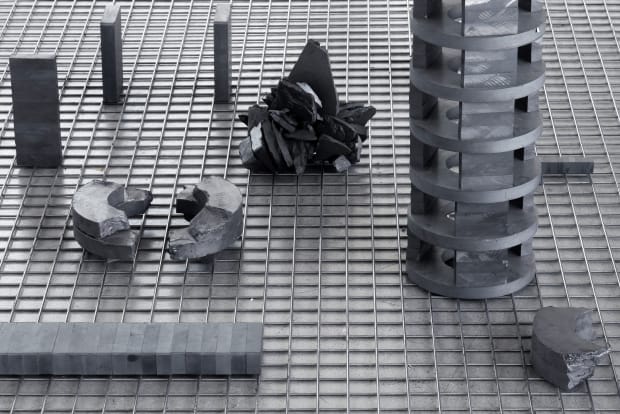



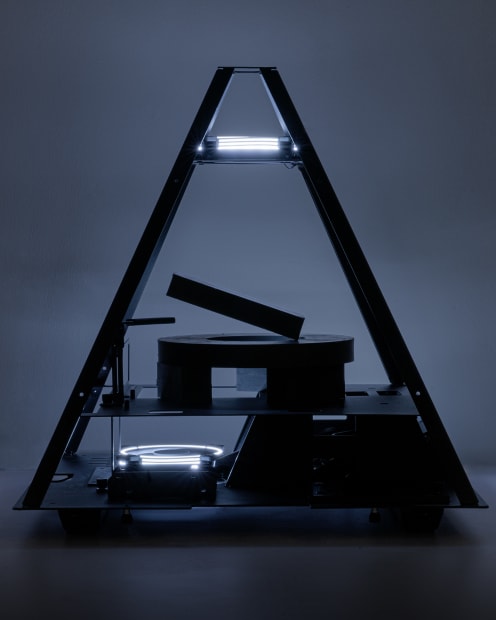
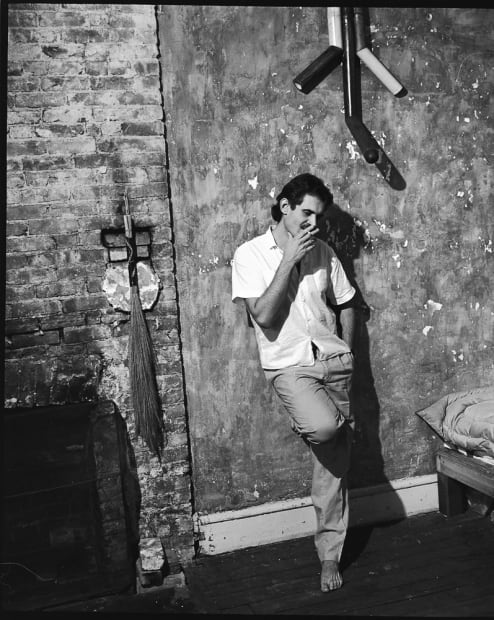


!['[...] the most overpowering thing about Send/Receive—the media is so completely politically controlled and the focus became less and less...](https://artlogic-res.cloudinary.com/w_620,h_620,c_limit,f_auto,fl_lossy,q_auto/ws-maxgoelitz/usr/images/feature_panels/image/items/1f/1f460aa7563b4920b8ec52e22aad3c5e/article_1064x.jpg)

